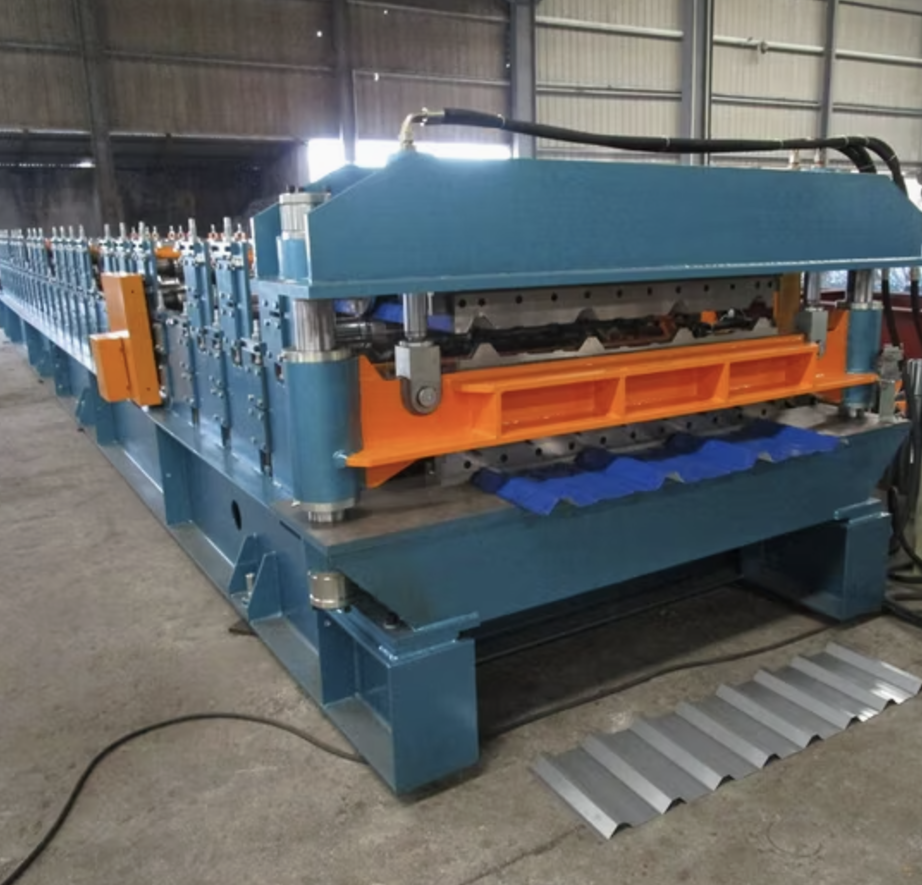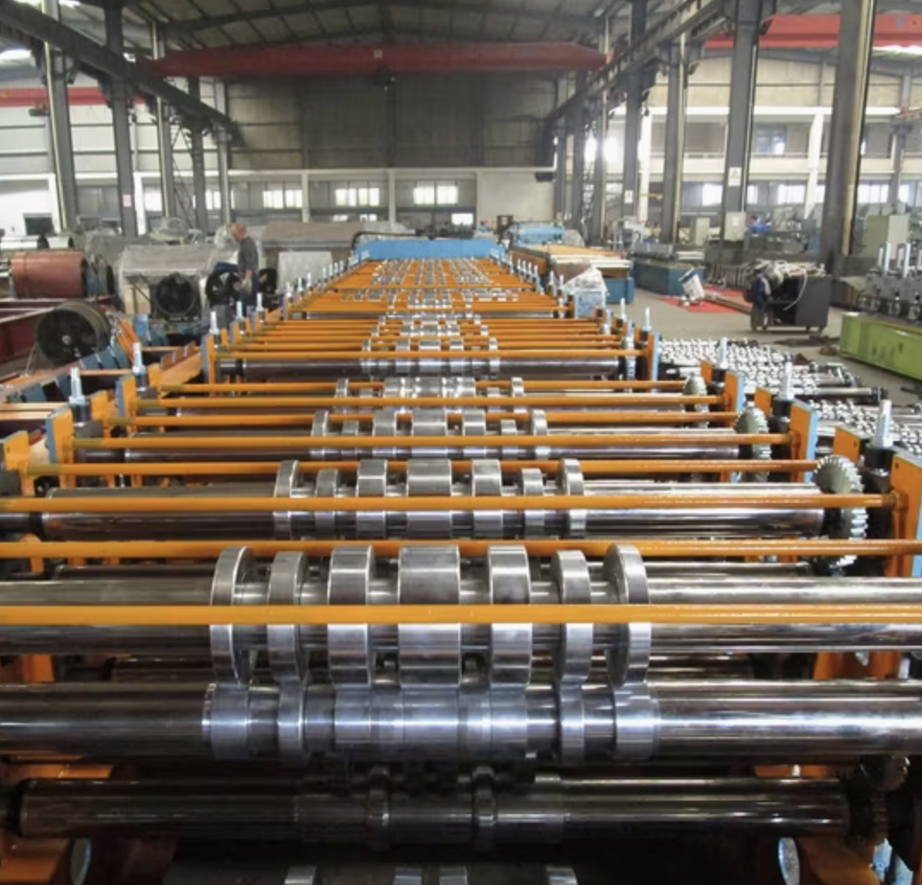To express an interest in this machine please submit the form below.

Not Sure What Machine You Need?
Select Your Profile, We'll Match It
Choose your desired profile drawing, and let Machine Matcher connect you with the best roll forming machine tailored to your needs.
Browse Profiles



A Double Layer Roll Forming Machine is a highly versatile equipment designed to produce two different profiles on a single machine. This unique feature makes it cost-effective and space-saving, especially beneficial for businesses aiming to expand their product range without investing in multiple machines. In Ecuador, with the construction industry growing, double-layer roll forming machines are becoming increasingly popular for roofing and cladding applications.
The Double Layer Roll Forming Machine has two sets of rollers mounted on separate levels, allowing the production of two distinct profiles. The transition between profiles is seamless and controlled through a PLC system. These machines are widely used to produce roofing sheets and wall cladding panels, such as trapezoidal sheets, corrugated sheets, or standing seam panels, catering to Ecuador’s demand for durable and aesthetic building materials.
Key features include:
Q1. What types of profiles can a double-layer roll forming machine produce?
A: The machine can produce various profiles, such as corrugated sheets, trapezoidal sheets, and standing seam panels. The specific profiles depend on the rollers' design, which can be customized to suit Ecuadorian market demands.
Q2. How do I switch between the two profiles?
A: Switching profiles is fully automated and controlled via the PLC system. Operators can select the desired profile through the touchscreen interface without manual adjustments.
Q3. What material thicknesses are suitable for this machine?
A: The machine works best with materials ranging from 0.3 mm to 0.8 mm in thickness, commonly used in roofing and cladding applications in Ecuador.
Q4. Is the machine energy-efficient?
A: Yes, the machine uses a high-efficiency motor and hydraulic system, reducing energy consumption while maintaining optimal performance.
Q5. What are the maintenance requirements?
A: Regular maintenance includes lubrication of moving parts, inspection of roller alignment, and ensuring the PLC system is up-to-date. Most components are designed for longevity, minimizing frequent repairs.
Q6. Can the machine handle Ecuador's power supply standards?
A: Yes, the machine can be customized to meet Ecuador's power supply requirements, including voltage and frequency adjustments.
Q7. What is the delivery timeline for a double-layer roll forming machine in Ecuador?
A: Delivery timelines vary but typically range from 30 to 60 days, depending on customization requirements.
Q8. Are there additional costs for importing the machine into Ecuador?
A: Yes, additional costs may include shipping, customs duties, and local taxes. It is recommended to consult with a local logistics provider to estimate these costs accurately.
Copyright 2025 © Machine Matcher.